It’s 2012. And many of us no doubt imagined that flying cars would be all the rage by now. While that hasn’t happened yet, some major driving innovations are on their way down the pipeline.
In a new TEDTalk, Chris Gerdes of the Center for Automotive Research at Stanford (awesomely abbreviated as CARS) explains that he and his team are busy at work developing the motor vehicles of the future. One of their starting points? Studying the brainwaves of the best motorists in the world — professional race car drivers. The idea is to combine computer technology with human intuition and skill behind the wheel.
In honor of Gerdes’ work, here is a look at five cars we may be seeing a lot more of in the future. Sure, they don’t fly. But, hey, many allow you to sit back and enjoy the ride without having to do a thing.
Shelley, the autonomous race car
Nascar and Formula One racing are popular for a reason — professional race car drivers are masters at estimating the friction between the tire and the road, and instinctively being able to use the throttle and brakes to steer. Gerdes and his team have created a race car that can do these same things — without a driver. Nicknamed “Shelley,” their race car can drive itself at 150 mph while avoiding every possible accident thanks to an onboard computer. Shelley has taken high-speed spins around Thunderhill Raceway Park and navigated the 153 turns of Pike’s Peak hill climb route. As Gerdes explained to CBS News, Shelley’s algorithms could someday be in your car, helping you avoid collisions.
Google’s self-driving car
It’s amazing to imagine a car that can make every split-second decision for you, even delivering you home safely when you’re too tired to drive. Google’s DARPA Challenge-winning self-driving car has attracted a lot of attention. Developed by a team led by Google engineer Sebastian Thrun (watch his moving TEDTalk here), these cars use intelligent driving software, proximity sensors and extensive GPS data to figure out how to get from one point to another. What happens if the driver actually wants to do something? They can just tap the wheel or brakes and take back control. In May, the state of Nevada granted Google the first license for a car that drives itself, reports Time. Meaning that — head to Vegas, and you could potentially see the car being tested on the roads.
GM’s Electric Networked-Vehicle
This two-person vehicle looks something like a cross between a Mini and a Segway. Why would someone create such a thing? According to GM, by the year 2030, urban areas will house 60 percent of the world’s 8 million people — and standard cars might no longer be an option. The balancing EN-V car could help solve problems like traffic congestion and parking scarcity. Bonus: they are electric, and could also boost air quality while helping to lower oil reliance.
P1, the car that can’t spin out
Developed by students in Gerdes’ lab, this electric, steer-by-wire vehicle allows for each wheel to be tuned independently, maximizing performance while minimizing wear on tires. “We believe P1 to be the world’s first autonomously drifting car,” says Gerdes, explaining that the vehicle helped develop the racing algorithms used for Shelley. “It’s a concept we call ‘envelope control.’ Under envelope control, the driver can do absolutely anything, including drift — but cannot spin the car.”
Nissan’s PIVO 2 commuter car
A three-person commuter car, this Nissan concept looks like something straight out of the Pokémon universe with its bubble-like body. The small car uses a robotic interface, reminiscent of a video game, that both interacts with the driver and scans the environment for information. But the best part? This car spins and can drive sideways thanks to “by-wire” technology rather than traditional mechanics.

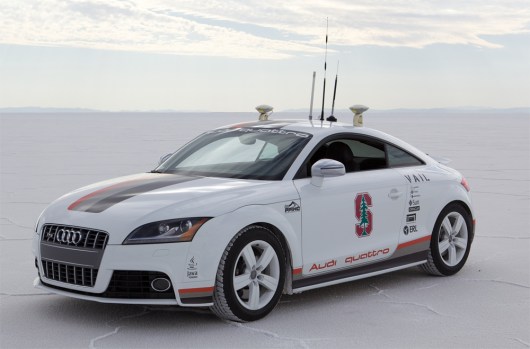
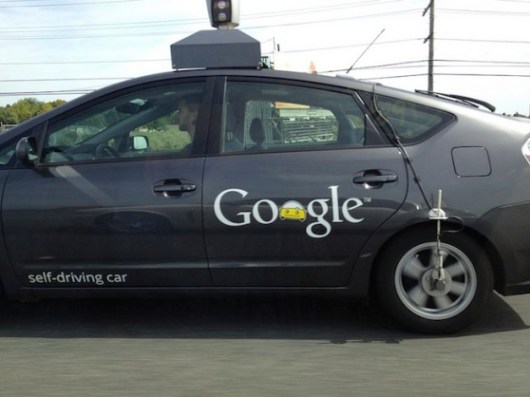
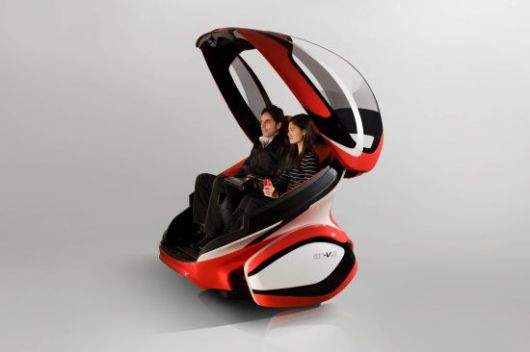
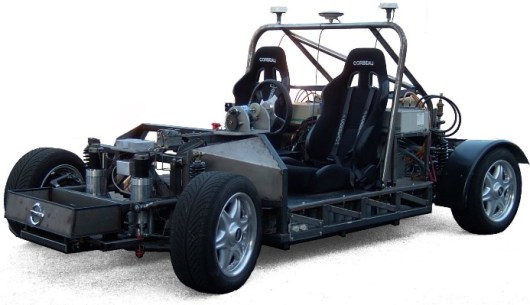
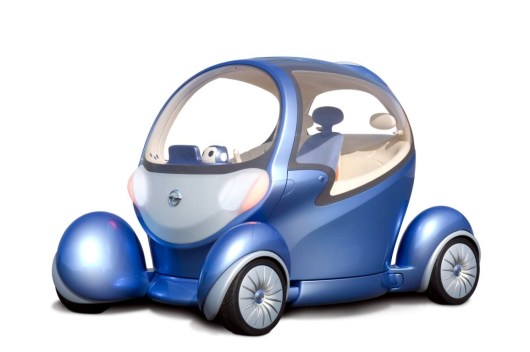
Comments (17)
Pingback: Assignment 2 – New Media Design
Pingback: Formas en que los coches autónomos cambiarán nuestro mundo | Te lo Envío por SEUR
Pingback: Google’s self-driving car | Shareit @Shareoi
Pingback: Nice Cars photos - car wallpaers
Pingback: Cool Self-drive images | crurseholidayclub.com
Pingback: Further reading (and listening) on the shrinking boundary between humans and computers | Americas Best Eyeglasses
Pingback: Further reading (and listening) on the shrinking boundary between humans and computers | Krantenkoppen Tech
Pingback: 8 great talks about cars | Krantenkoppen Tech
Pingback: 12 talks about the future of cars, planes and rockets | Krantenkoppen Tech
Pingback: » Car: Autonomous Cars are Coming With a Future Race Car Speeding at 150 mph, and No Driver as Nevada DMV Issues First Permit FUTUREPREDICTIONS.COM Source of Likely and Preferable Futures ™
Pingback: TED Blog | 5 fascinating cars of the future » Speedys
Pingback: 5 fascinating cars of the future and the “Kid” « Building systems that WORK